The great horned owl is an apex predator. They eat mice, rats, frogs, snakes, and rabbits. That keeps the prey populations from getting too high and overgrazing the ecosystem.
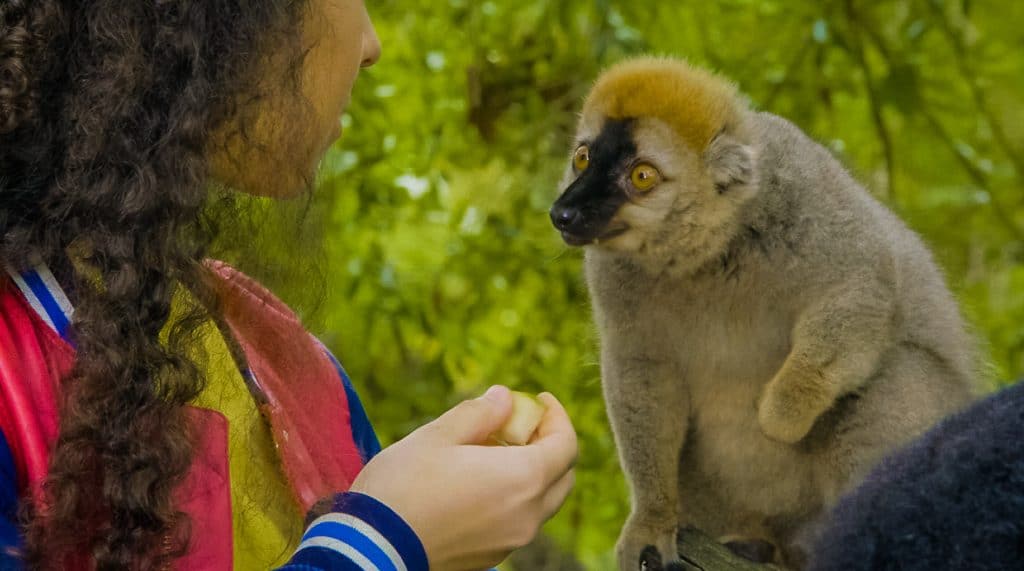
To understand how plants and animals interact, scientists make diagrams called food chains. A food chain shows a sequence of living things in which one organism eats the one below it. Most animals eat more than one thing, so to show ALL the feeding relationships, we use food webs which are made of many intersecting food chains.
To better understand the food web definition….
LET’S BREAK IT DOWN!
Energy in food can be traced back to the sun.
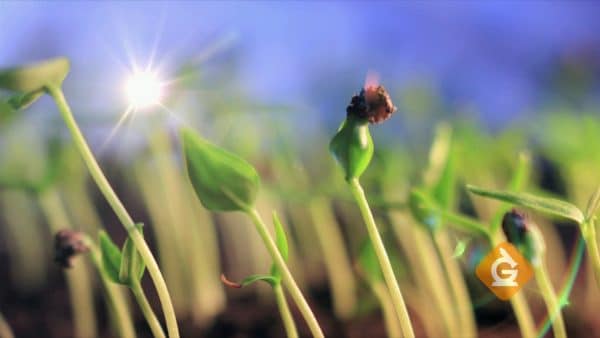
Living things need a constant supply of energy. The sun provides that energy, which is transformed into food by plants through photosynthesis.
Herbivores (plant-eating animals) eat the plants and receive energy. When the herbivore is eaten by a carnivore (an animal that eats herbivores), the energy from the herbivore is transferred to the carnivore. The transfer of energy from one organism to another makes up a food chain.
Animals eat to get energy and building blocks.
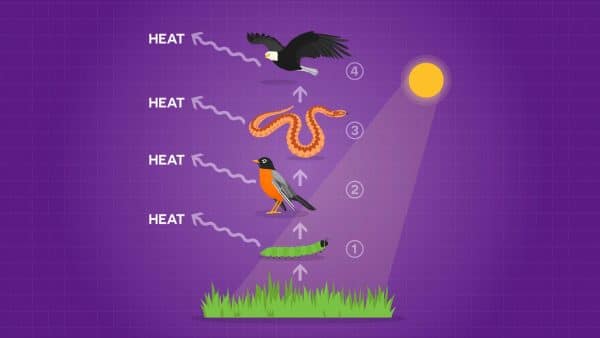
All living things need food to provide materials for growth. Food chains start with organisms that make their own food, called producers. Plants are the most common producers. Animals are called consumers because they do not make their own food -- they eat, or consume, other organisms.
A food chain typically only has a few steps (usually 4 at the most). This is because each time one organism eats another, some of that energy is used up and released as heat.
In fact, you are releasing heat energy right now as you read this because your body is burning food to keep warm! Since some energy gets used up in each step of the food chain, there can only be a few steps, otherwise there is not enough energy left for the organism at the top.
A food web is a model of intersecting food chains.
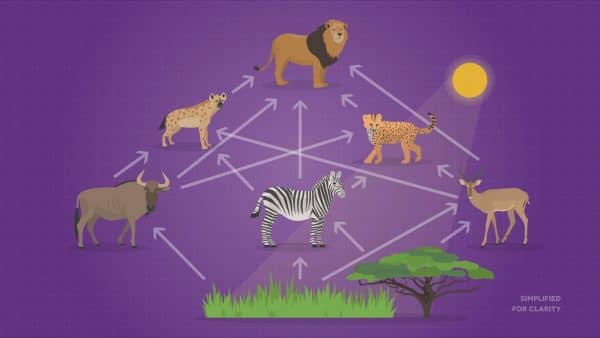
Most organisms can eat, and be eaten, by many different animals. A food chain wouldn't be able to show this. Food webs show all these connections. They are more complicated but more accurate.
In the African savannah food web shown here, we can see multiple arrows pointing to different animals. The arrows show the direction the energy is transferred. For example, we can see that zebras eat trees and grasses, so arrows from trees and grasses are pointing to a zebra.
The arrows pointing from the zebra to cheetahs, hyenas, and lions tell us that the zebra is eaten by these animals.
The lions are at the top of the food web, which means they are not eaten by any other type of animal (except by decomposers when it dies). We call this an apex predator.
Decomposers break down dead organisms.
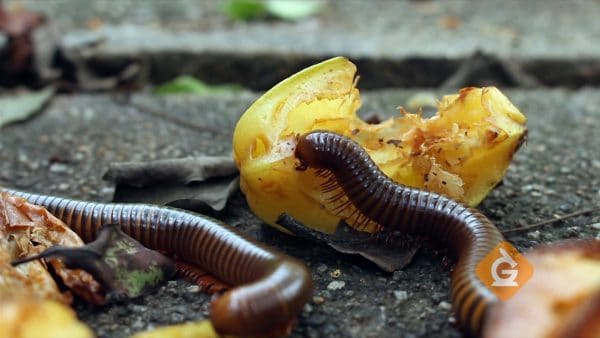
One group of consumers that are often not shown in food webs are decomposers. Decomposers are organisms (mostly bacteria and fungi) that break down dead plants and animals, eventually turning them into nutrients that will be added to the soil.
These nutrients are very important to continue the cycle in the ecosystem. Slugs, earthworms, millipedes, and centipedes also help break down dead things. Without decomposers, nutrients would not get recycled and we would have dead material piled up everywhere.
FOOD WEB EXAMPLES
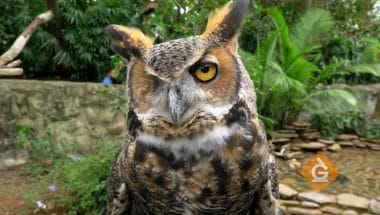
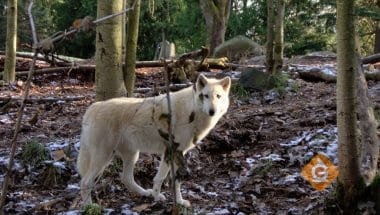
Overhunting can make an ecosystem out of balance. If wolf populations are reduced, the population of deer would increase dramatically. This causes areas to be overgrazed, meaning there is not enough grass for other animals. Everything needs to be in balance.
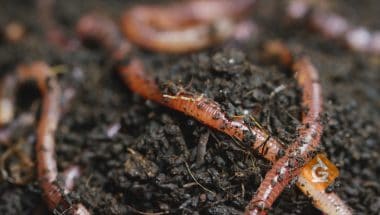
Common soil creatures, such as earthworms, are decomposers. They recycle nutrients in the ecosystem through decomposition.
FOOD CHAIN AND FOOD WEB VOCABULARY
DISCUSSION QUESTIONS ON FOOD CHAINS AND FOOD WEBS
Why do animals eat other animals?
What are producers and consumers and how do they get their names?
What role in the food web does the eagle play?
What is an apex predator and why are they critical for the health of the ecosystem?
What do zebras eat and what eats zebras?
What is the role of worms, bacteria and fungi in a food web?
What are some human actions that can affect food webs and how do those actions impact food webs?
Skip, I will use a 3 day free trial
Enjoy your free 30 days trial
We use cookies to make your experience with this site better. By using this site you agree to our use of cookies. Click "Decline" to delete and block any non-essential cookies for this site on this specific property, device, and browser. Please read our privacy policy for more information on the cookies we use.Learn More
We use cookies to improve your experience. By using this site, you agree to our use of cookies. Click "Decline" to block non-essential cookies. See our privacy policy for details.Learn More






